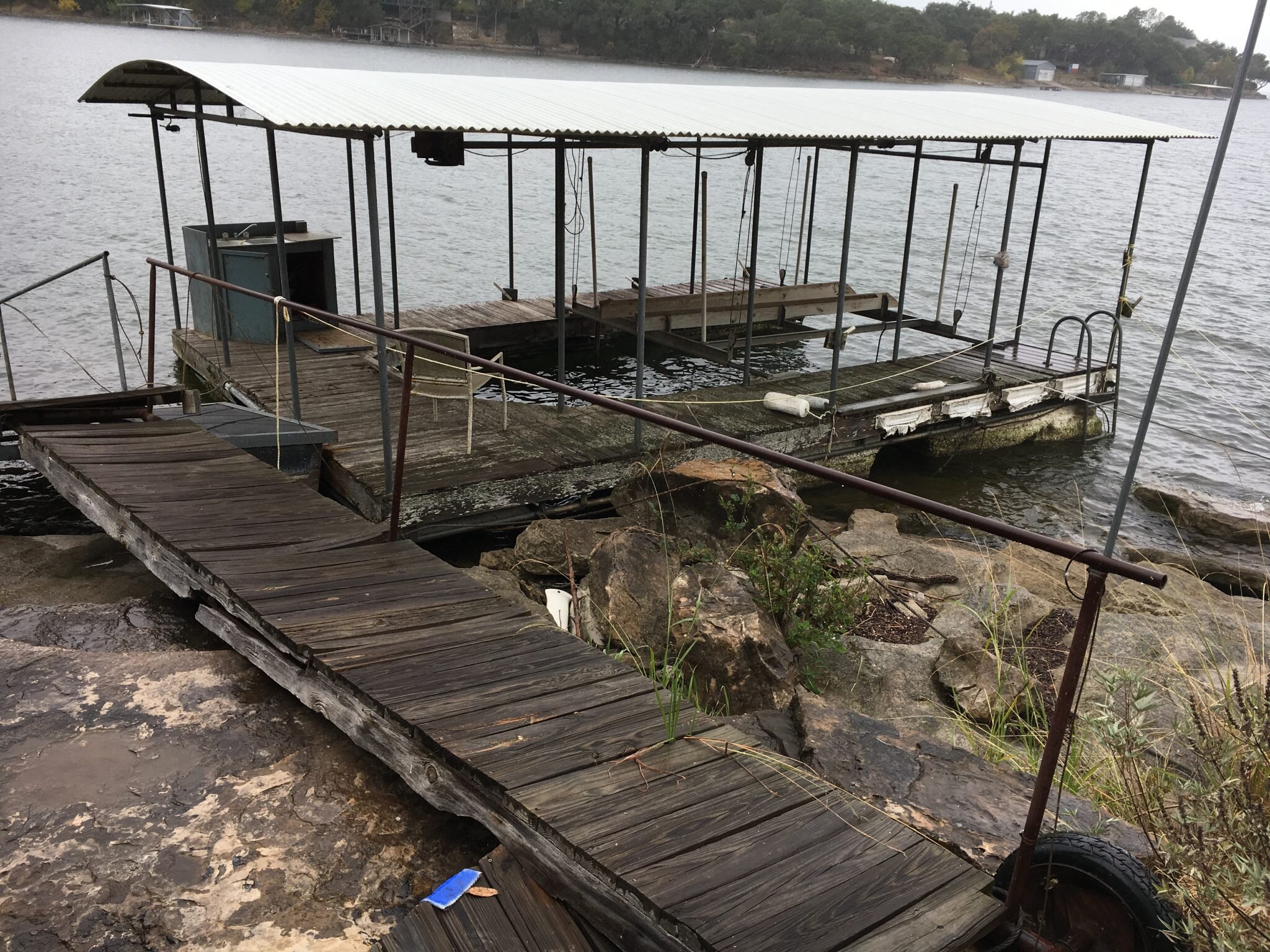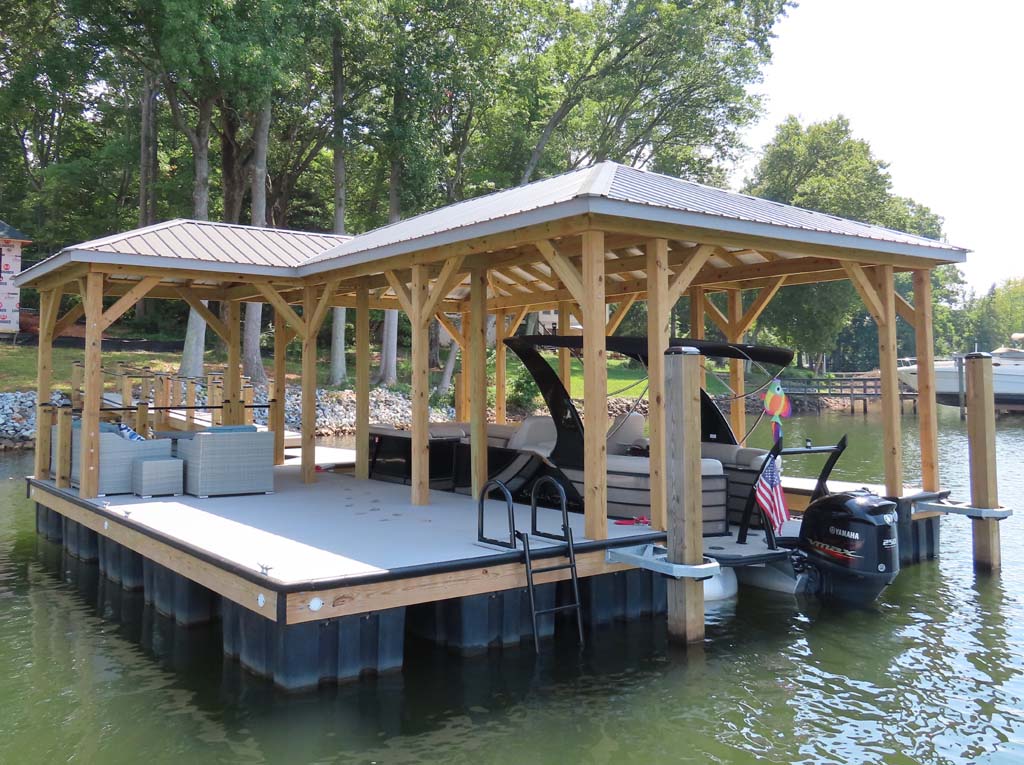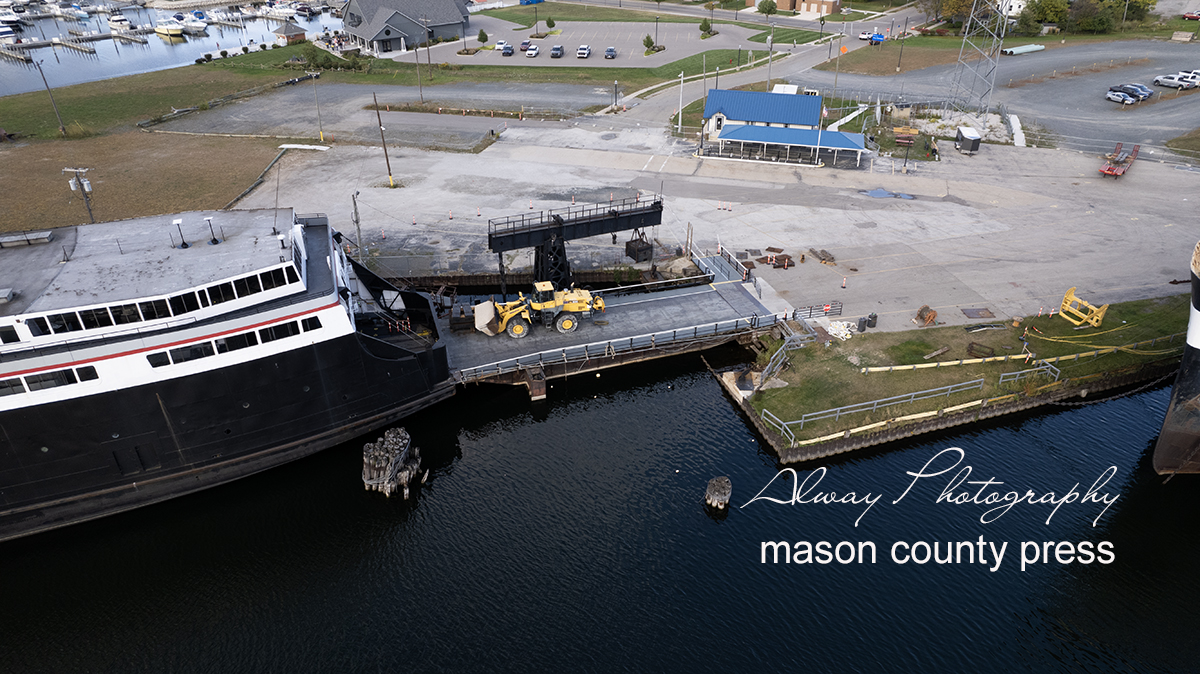Efficient Dock Repair Service Techniques: Making Certain Structural Stability
Ensuring the architectural stability of docks through reliable fixing techniques is paramount for the long life and safety of aquatic centers. Ultimately, selecting the best repair service materials, such as corrosion-resistant alloys and composite products, is crucial for resilience.
Evaluating Dock Damages
Evaluating dock damage is an essential primary step in guaranteeing the architectural integrity and security of any docking facility. This initial examination involves a comprehensive inspection to identify both covert and noticeable problems. Key facets to examine consist of the dock's foundation, pilings, outdoor decking, and hardware. Each component should be looked at for signs of wear, rot, rust, or other forms of destruction that might compromise the architectural stability.
Architectural engineers or qualified examiners usually perform these assessments using specialized strategies and devices. For example, undersea inspections may use sonar equipment or from another location ran vehicles (ROVs) to find immersed damage. Above water, visual evaluations are matched by utilizing dampness meters and various other diagnostic tools to reveal underlying problems not quickly noticeable to the naked eye.

Finding Repair Materials
Choosing the appropriate repair service products is an essential action in the dock remediation procedure, one that directly influences the longevity and performance of the fixed framework. Material choice must be driven by aspects such as environmental conditions, load-bearing needs, and compatibility with existing dock parts.
Along with timber, composite materials are increasingly popular due to their durability and reduced upkeep needs. Compounds, typically made from a blend of plastic and timber fibers, offer superb resistance to rot, bugs, and UV damage. For metal anchors, choosing corrosion-resistant alloys such as galvanized steel or marine-grade aluminum is necessary to stop corrosion and make certain architectural honesty in saline water conditions.
Epoxy resins and marine-grade sealants are crucial for repairing cracks and securing joints, supplying a water resistant barrier and improving the dock's total stamina. By thoroughly selecting top quality materials, dock repair services can achieve durable results, thereby securing against future degradation and ensuring risk-free, trustworthy use.
Structural Support Strategies
Effective architectural reinforcement methods are critical in making sure the security and durability of dock repair work. One fundamental approach involves making use of steel or composite reinforcement bars (rebar) within concrete structures. Rebar supplies additional tensile strength, stopping fractures and dispersing tons much more equally. This approach is specifically reliable for anchors revealed to hefty loads or extreme environmental problems.
An additional crucial technique is the application of fiber-reinforced polymers (FRP) These products provide high strength-to-weight proportions and outstanding resistance to deterioration, making them suitable for reinforcing find out here concrete or wood anchors. FRP can be applied in strips or sheets and bonded with epoxy resins to improve structural honesty.
Supporting and securing systems additionally play an essential function in architectural support. Cross-bracing, using metal or wood light beams, can neutralize lateral forces, reducing swaying and activity. Anchoring systems, such as helical piers or driven piles, give a steady structure by moving loads to much deeper, extra stable soil layers.
Lastly, the combination of load-distribution plates can assist disperse weight much more equally throughout the dock's surface, alleviating local stress points. These techniques collectively guarantee try this site that anchors stay robust and secure, capable of withstanding the roughness of their functional atmosphere.
Advanced Repair Work Approaches

An additional sophisticated technique involves undersea welding, which enables fixings to be conducted without the requirement to dewater the area. This method is specifically beneficial for resolving structural concerns in submerged dock elements, ensuring minimal disturbance to operations. Enhanced welding strategies, combined with robot systems, supply accuracy and reliability, thereby prolonging the life-span of the dock.
Additionally, cathodic defense systems are executed to stop rust in metal dock frameworks. By utilizing sacrificial anodes or pleased present systems, these methods successfully mitigate the electrochemical procedures that result in product wear and tear.
Finally, progressed hop over to these guys tracking innovations, such as structural wellness monitoring (SHM) systems, offer real-time data on the condition of dock frameworks. These systems make it possible for positive maintenance and timely interventions, inevitably making certain the lasting structural honesty of the dock.
Maintenance and Avoidance
Maintenance and avoidance are basic principles that underpin the long life and security of dock frameworks. Normal inspections are critical, permitting for very early detection of deterioration, prospective weak points, and ecological impacts. A proactive method, involving routine look for deterioration, rot, and architectural changes, mitigates costly repair services and prolongs the dock's operational life.
Preventive measures ought to consist of using protective finishings to metal parts to secure versus rust and using cured timber to resist decay. In addition, ensuring correct drainage and ventilation can prevent water build-up, which is a common source of structural degradation. Integrating high quality products and sticking to producer guidelines throughout building and fixing phases also play essential duties in enhancing longevity.

Training workers in dock maintenance ideal practices guarantees consistent application of safety nets. Leveraging technical developments, such as drones for inspections and sensing units for real-time tracking, can further enhance upkeep efforts. By focusing on upkeep and prevention, dock proprietors can make sure architectural stability, operational safety and security, and economical monitoring over the dock's life-span.
Conclusion
In final thought, preserving the architectural stability of marine facilities demands comprehensive dock repair methods. Comprehensive examinations utilizing advanced tools reveal both noticeable and hid problems, while the choice of appropriate repair work materials boosts toughness. Carrying out structural reinforcement techniques addresses stress and anxiety factors successfully. Advanced repair techniques, combined with normal maintenance methods, make sure the dock stays safe and operational under diverse environmental conditions. Taking on these approaches significantly prolongs the life-span and functionality of aquatic framework.
Guaranteeing the architectural stability of docks via efficient fixing methods is critical for the long life and safety and security of aquatic centers.Choosing the appropriate fixing products is a pivotal action in the dock repair procedure, one that directly affects the durability and efficiency of the fixed framework.Reliable architectural support methods are vital in making certain the security and long life of dock repair services. By focusing on maintenance and avoidance, dock owners can ensure architectural integrity, operational security, and cost-effective monitoring over the dock's lifespan.
In final thought, keeping the architectural stability of marine facilities demands comprehensive dock fixing strategies.